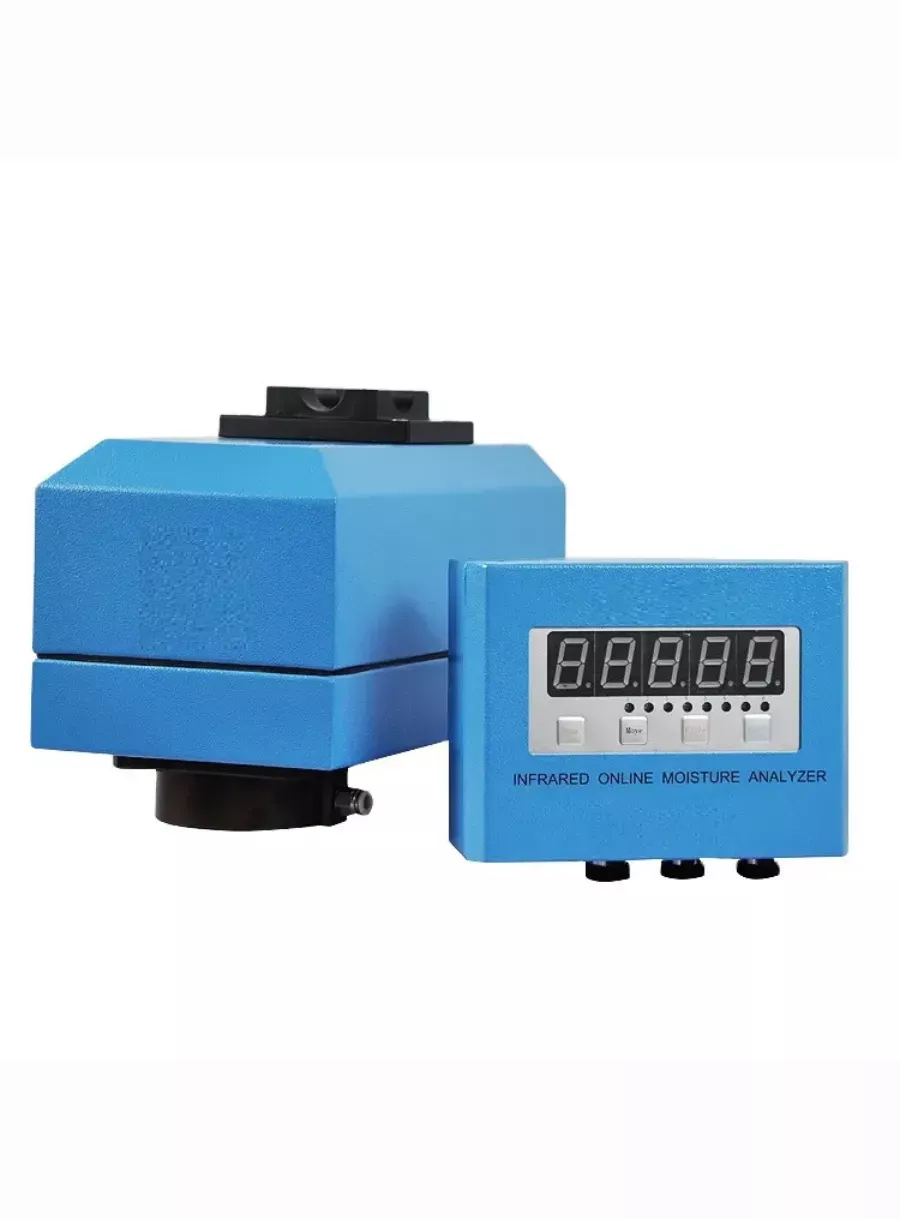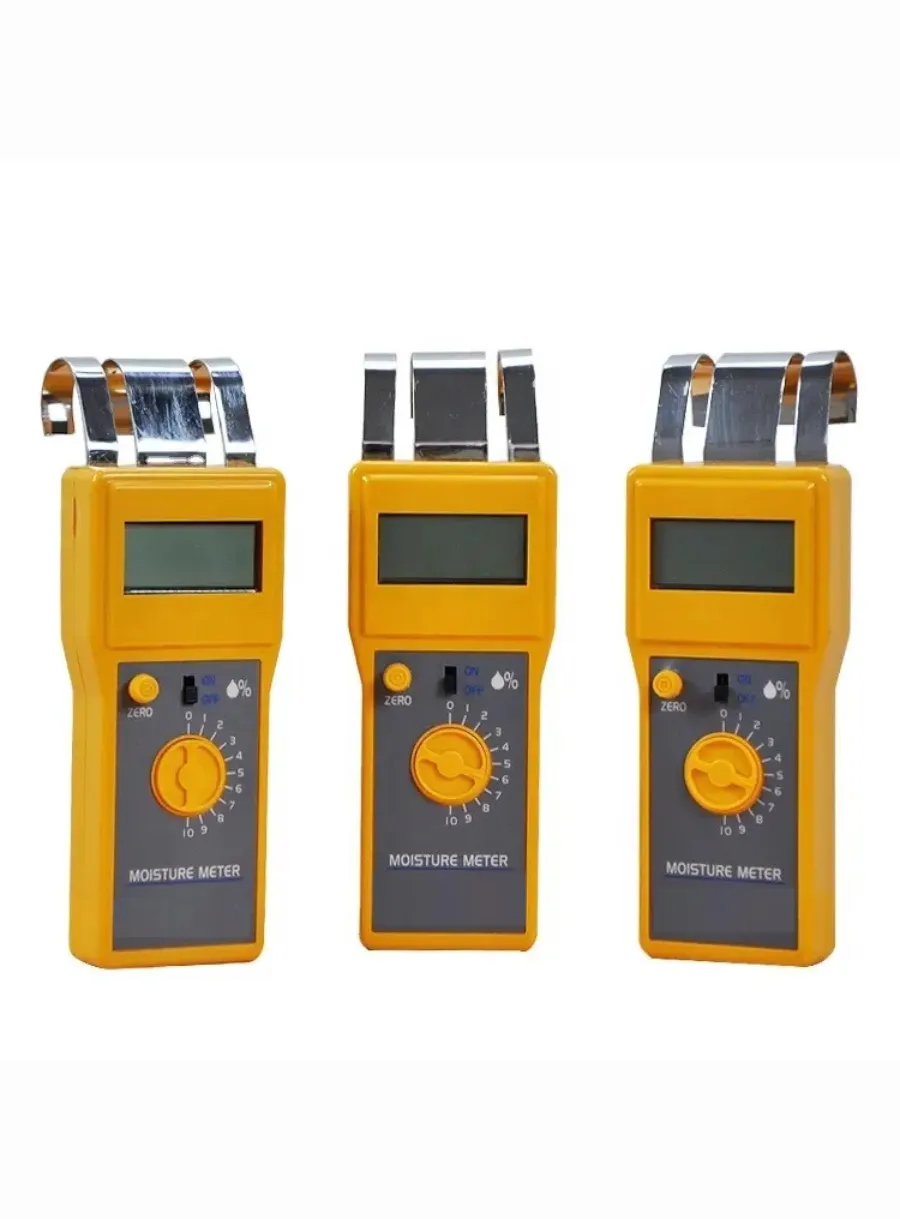
Cotton Moisture Meter Calibration and Maintenance
Table of Contents

The Importance of Cotton Moisture Meters in Agriculture
Cotton moisture meters are essential tools for farmers and agricultural professionals to accurately measure the moisture content in cotton bolls. This information is crucial for determining the optimal time to harvest the crop, as well as for making decisions about storage and transportation. In order to ensure that these meters provide accurate and reliable readings, it is important to properly calibrate and maintain them. In this article, we will discuss the steps for calibrating and maintaining cotton moisture meters, as well as some tips for ensuring their longevity and accuracy.
First and foremost, it is important to understand the importance of calibration. Calibration is the process of adjusting a meter to ensure that it provides accurate readings. This is especially important for cotton moisture meters, as the moisture content of cotton can vary greatly depending on factors such as weather, soil type, and irrigation practices. By calibrating the meter, you can ensure that it provides accurate readings, which in turn allows you to make informed decisions about your cotton crop.

To calibrate a cotton moisture meter, you will need a reference material with a known moisture content. This can be obtained from a calibration kit or from a certified laboratory. Once you have your reference material, follow these steps to calibrate your meter:
1. Turn on the meter and allow it to warm up for a few minutes.
2. Place the reference material on a flat, clean surface.
3. Place the meter probe on the reference material and take a reading.
4. Compare the reading on the meter with the known moisture content of the reference material.
5. Adjust the meter accordingly to ensure that it provides an accurate reading.
It is important to note that calibration should be performed regularly, as the accuracy of a meter can decrease over time due to factors such as wear and tear, exposure to moisture, and temperature fluctuations. Additionally, it is important to store your meter in a dry, temperature-controlled environment to prevent damage and ensure its longevity.
In addition to calibration, there are several other steps you can take to maintain the accuracy and longevity of your cotton moisture meter. These include:
1. Cleaning the meter regularly to remove dirt, dust, and debris that can interfere with its accuracy.
2. Inspecting the meter for any signs of damage, such as cracks or corrosion, and repairing or replacing any damaged parts as necessary.
3. Storing the meter in a protective case when not in use to prevent damage from impact or exposure to moisture.
4. Regularly checking the battery level and replacing the battery as needed to ensure that the meter operates properly.
By following these steps, you can ensure that your cotton moisture meter provides accurate and reliable readings, allowing you to make informed decisions about your cotton crop. Additionally, proper calibration and maintenance will help to extend the life of your meter, saving you money in the long run.
Comments
Tags
Frequently Asked Question
It’s recommended to calibrate your meter regularly, typically before each harvest season or every few months, depending on usage.
First, try recalibrating the meter. If issues persist, clean the device, check for damage, and consider professional servicing if needed.
Yes, factors like temperature and humidity can impact readings. Always use the meter in appropriate conditions and recalibrate if environmental changes occur.
Store your meter in a dry, temperature-controlled environment, preferably in a protective case to prevent damage from impact or moisture exposure.

